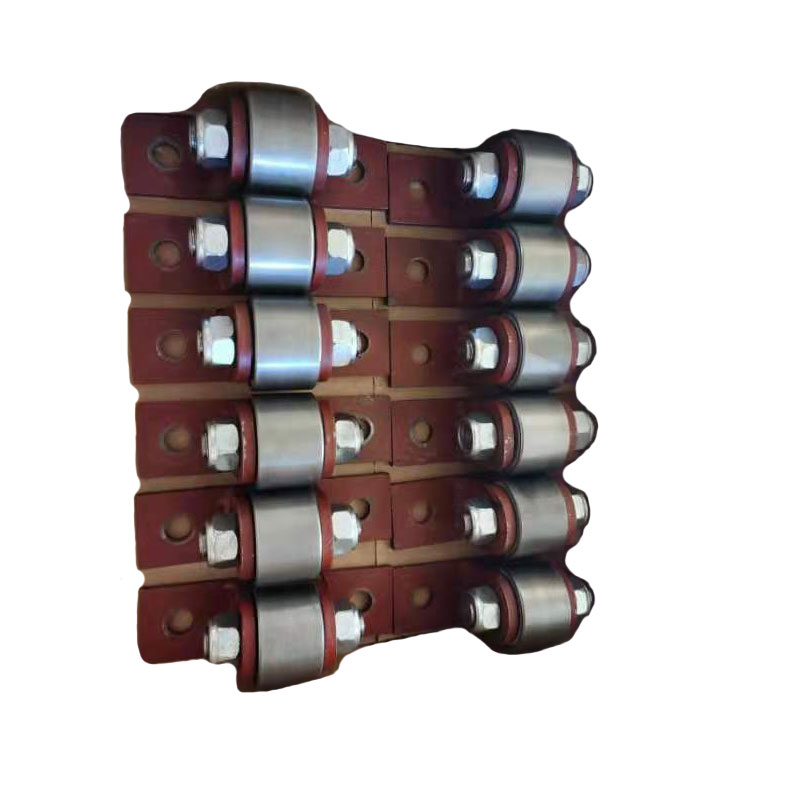Your Position: Home - Mechanical Parts & Fabrication Services - The Essential Guide to Overhead Conveyor Bearings: Everything You Need to Know
In the world of material handling and industrial automation, overhead conveyors play a vital role in streamlining operations and improving efficiency. At the heart of these systems are overhead conveyor bearings, critical components that enable the smooth and reliable movement of goods. In this comprehensive guide, we will explore everything you need to know about overhead conveyor bearings, including their types, functions, benefits, and maintenance.

Overhead conveyor bearings are specialized components that provide support and enable smooth rotation for the conveyor system. They are designed to handle the weight and movement of loads as they travel along the overhead conveyor, ensuring efficient and reliable transportation.
a. Trolley Bearings: Trolley bearings are commonly used in overhead conveyor systems and are designed to facilitate the movement of trolleys along the track. They provide smooth rolling motion and minimize friction, ensuring efficient load transfer.
b. Track Bearings: Track bearings are installed on the track itself and allow for smooth movement of the trolleys. They are crucial for maintaining stability and alignment of the overhead conveyor system.
a. Load Capacity: Overhead conveyor bearings are engineered to withstand heavy loads, ensuring the smooth transportation of goods without compromising the overall system performance.
b. Noise Reduction: High-quality overhead conveyor bearings are designed to minimize noise and vibration, providing a quieter and more comfortable working environment.
c. Durability and Longevity: The robust construction and quality materials of overhead conveyor bearings contribute to their longevity and resistance to wear and tear, reducing downtime and maintenance costs.
d. Smooth Operation: Overhead conveyor bearings are designed to provide low-friction rolling, ensuring smooth and consistent movement of loads along the conveyor system. This promotes efficiency and minimizes the risk of jams or disruptions.
e. Flexibility: Overhead conveyor bearings are available in various configurations, allowing for customization and adaptability to different conveyor system designs and load requirements.
To ensure optimal performance and longevity of overhead conveyor bearings, regular maintenance is essential. This includes inspection for any signs of wear, proper lubrication to minimize friction and prevent premature failure, and timely replacement of damaged or worn-out bearings.
Selecting the appropriate overhead conveyor bearings for your specific application is crucial. Factors to consider include load capacity, environmental conditions, desired speed, and overall system requirements. Consulting with experienced professionals or manufacturers can help ensure the right bearing selection for your overhead conveyor system.
Overhead conveyor bearings are essential components that contribute to the efficient and reliable operation of material handling systems. Understanding their types, functions, benefits, and proper maintenance is crucial for maximizing system performance, minimizing downtime, and improving overall productivity. By selecting the right overhead conveyor bearings and ensuring regular maintenance, businesses can optimize their material handling processes and achieve greater efficiency in their operations.
366
0
0
Comments
All Comments (0)